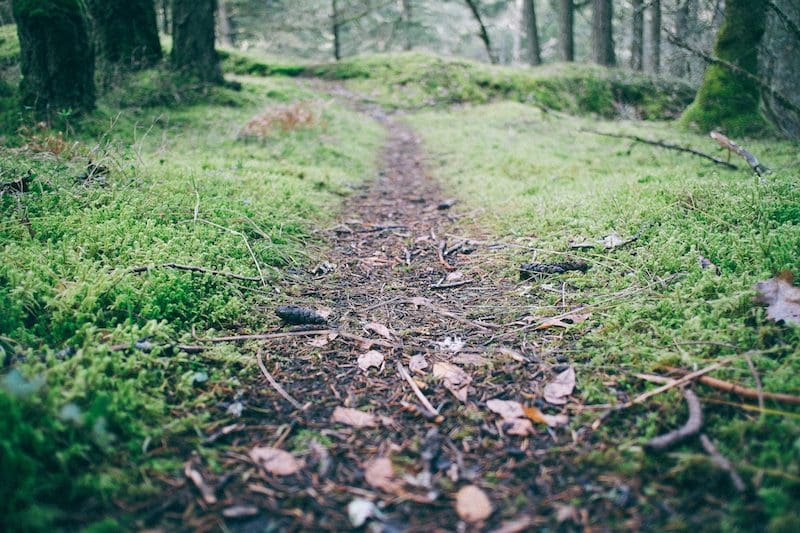Tree care providers realize the importance and necessity of fertilization throughout the lifespan of a healthy tree. Fertilizer provides the correct nutrients that a tree requires to reach its full mature potential. Providing adequate fertilizer is one of the best regular maintenance programs that you can take on when growing a healthy tree.
What is Fertilizer?
Fertilizer refers to any natural or chemical substance that is added to soil to increase the health and nutrient density of the land. Usually, chemical based fertilizers contain a balance of nitrogen (N), phosphorous (P), and potassium (K). The amount of each chemical that a tree requires is based on the existing levels of each element in the soil. Have a tree care professional test the soil quality of an area surrounding a tree to see what balance of N-P-K the complete fertilizer will need to contain.
When to Fertilize Trees
The timeframe between fertilizations depends a lot on the age of the tree. Very young saplings require only small applications of quick release fertilizer, due to the sensitivity of their roots and trunks. Developing trees can handle normal fertilizers, and should be fertilized two times a year, preferably during the growing season.
Mature trees have intricate root systems that are widespread, meaning they are able to intake nutrients and water from a wider range of ground. They do not need as many added nutrients as young trees do, so fertilizing mature trees once a year is sufficient.
Why Trees Need to be Fertilized
There is a large contrast between trees which grow freely in forests and those that are placed into a chosen landscape. In forests, trees are naturally fertilized each year. With the shedding of leaves, the falling of old or dead branches, and the decay of these plant materials as well as animal ones, natural fertilizer is created. This provides forest dwelling trees with a supply of healthy nutrients continuously.
As for trees that grow in urban landscapes, or away from a large quantity of other plant and animal decay, a more direct method of fertilization is required. Actively fertilizing a tree helps these organisms to protect themselves from pests and disease, much like a human’s immune system, if healthy, can shield us from infectious diseases. Healthy trees are able to withstand damage from the environment much better than a tree that is stressed and struggling to get enough nutrients.
Methods of Fertilization
When it comes to how a tree is fertilized, a tree care specialist can help a homeowner make the best decision in choosing a fertilizing method for their trees. There are a few main methods of fertilization, including:
Compost: Compost is decayed plant matter, most often used as plant fertilizer. This decayed organic matter acts much like the natural fertilizer that forests create, using nutrients from decayed plants to provide the healthy growth and development of a tree. Fertilizing a tree with compost takes a little longer to absorb, as they must be processed by microorganisms which live in soil, but is a healthy method of fertilization for the environment and the tree itself. To fertilize with compost, spread the nutrient-rich compost along the base of the trunk, along with a generous sprinkle above the surrounding root areas.
Organic: Organic fertilizer refers to plant and animal based, non-composted materials. Organic fertilizers are rather expensive versus inorganic ones but are the least harmful to the environment and tree itself. Again, the release of nutrients is slower in organic fertilizers due to the necessity of decomposition by soil microorganisms.
Inorganic: Inorganic fertilizer is the most common choice for homeowners wishing to provide their trees with the correct nutrients. Inorganic fertilizer is relatively inexpensive and can be absorbed much faster than its organic peers.
A tree care professional is a homeowner’s best bet for finding and applying the right fertilizer for any specific tree. Along with this extensive knowledge and experience in fertilizing, Jackson Tree Service can provide other tree care practices in the St. Louis area, such as tree pruning and tree removal. Happy fertilizing!

